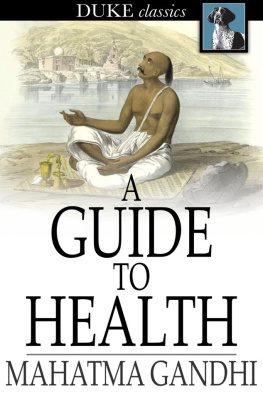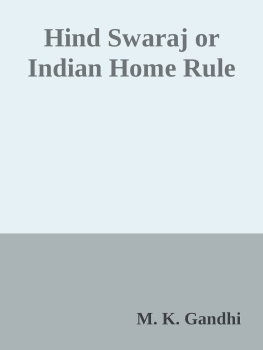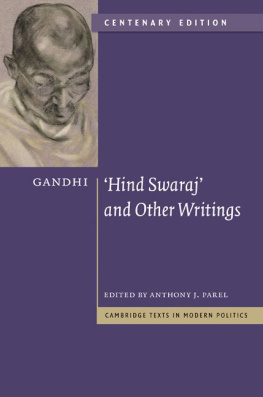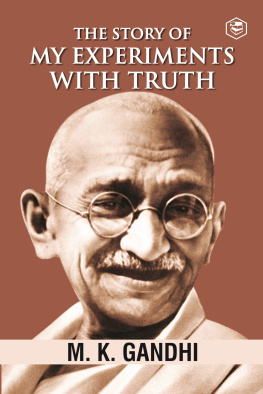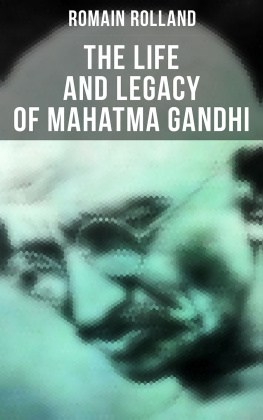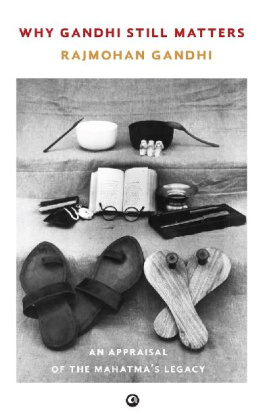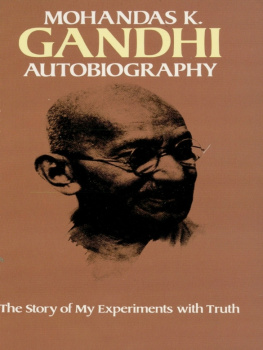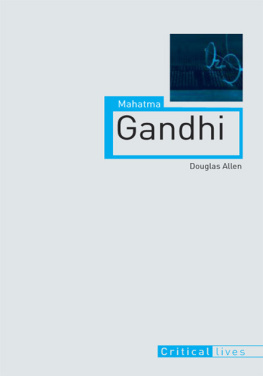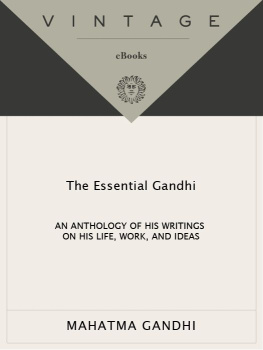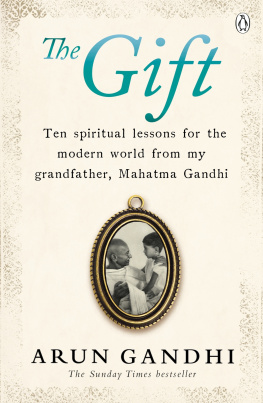First published in 1931 by George Allen & Unwin Ltd.
This edition first published in 2018 by Routledge
2 Park Square, Milton Park, Abingdon, Oxon, OX14 4RN
and by Routledge
52 Vanderbilt Avenue, New York, NY 10017, USA
Routledge is an imprint of the Taylor & Francis Group, an informa business
1931 Taylor & Francis
All rights reserved. No part of this book may be reprinted or reproduced or utilised in any form or by any electronic, mechanical, or other means, now known or hereafter invented, including photocopying and recording, or in any information storage or retrieval system, without permission in writing from the publishers.
Publishers Note
The publisher has gone to great lengths to ensure the quality of this reprint but points out that some imperfections in the original copies may be apparent.
Disclaimer
The publisher has made every effort to trace copyright holders and welcomes correspondence from those they have been unable to contact.
A Library of Congress record exists under ISBN:
ISBN 13: 978-0-367-13695-6 (hbk)
ISBN 13: 978-0-429-02811-3 (ebk)
MAHATMA GANDHI AT WORK
Edited by C. F. Andrews
MAHATMA GANDHIS IDEAS
INCLUDING SELECTIONS FROM HIS WRITINGS
Demy 8vo.Frontispiece.Second Impression
It should be studied by all who would try to understand the subtle beauty of the Hindu mind.Spectator
It throws valuable light on the career of a remarkable personality.New Statesman
The book is of great value and profound interest. Times Literary Supplement
MAHATMA GANDHI: HIS OWN STORY
Demy 8vo.With illustrations.Second Impression
A self-revelation without a parallel, the record of a personality and a struggle possible only in our age and amid the conditions created by British rule in India. An absorbing book to read. It stands alone in frankness and plain honesty. It reveals a being of profound humanity and of irresistible charm. Its place among the classics of autobiography cannot be in doubt.New Statesman
IN THIS BOOK, which forms the third volume of the series, I have tried to fulfil the promise which I gave in Mahatma Gandhi: His Own Story, by relating in his own words the epic struggle in the Transvaal to set right the wrongs which had been done to the Indian Community. There he first proved to the world the practical success of his own original method, called Satyagraha, or Truth Force, whereby the evils of the world may be righted without recourse to the false arbitrament of war. I have also added chapters which complete the picture of his dietetic and fasting experiments, together with certain personal idiosyncrasies that go to make up his complex character. The material for this story is taken from his two books Satyagraha in South Africa and My Experiments with Truth. A chapter has also been added from Hind Swaraj.
I had long entertained the desire, he declares, to write a history of that South African struggle. Some things about it I alone could relate. Only the general who conducts the campaign can know the objective of each particular move; and as this was the first attempt to apply the principle of Satyagraha to politics on a large scale, it is necessary that the public should have some idea of its development.
The beauty, he adds, of this method is that it comes up to oneself; one has not to go out in search for it. A struggle of Righteousness,1 in which there are no secrets to be guarded, no scope for cunning, and no place for untruth, comes unsought; and a man of religion is ever ready for it. A struggle which has to be previously planned is not a righteous struggle. In the latter God Himself plans the campaign and conducts battles. It can be waged only in the name of God. Only when the combatant feels quite helplessonly when he has come to the extreme point of weakness and finds utter darkness all around him, only then God comes to the rescue. God helps, when a man feels himself humbler than the very dust under his feet. Only to the weak and helpless is the divine succour vouchsafed.
This vital principle of moral resistance, or soul force, taking the place of armed revolt, represents in my opinion by far the greatest contribution which Mahatma Gandhi has made to the moral philosophy of our own time. As the passage quoted shows, the movement depends entirely upon God for its accomplishment. It is a religious struggle from first to last; Gandhi is a man of religion, and he cannot think of such a warfare being carried on to success in any other terms. But with this one proviso he believes that what he calls his experiment with Truth must succeed wherever this method is sincerely and simply tried. For God is Truth and Goodness.
Here then might be found just that moral equivalent for war which the American philosopher William James required. Mahatma Gandhi has shown us by practical experiment how the principle works. For the thoughtful Christian it has a remarkable likeness to the precepts of the Sermon on the Mount. Mr. Gandhi has never failed to acknowledge his debt of gratitude in his own religious life for that sublime teaching. The same principle is deeply embedded as an idea in the ancient literature of India, going back to Buddhist times and beyond. To the West in its efforts to recover from the disastrous effects of a war, wherein every decency of human life was violated and Truth was trampled in the dust, it offers a way of peace.
At the back of the Disarmament Conference and the Assemblies of the League of Nations there must be some direct method left for suffering mankind to resist intolerable evil. In the past this has nearly always taken the crude form of armed resistance and violent retaliation. Only in the rarest instances, such as the early Christians of the first century, have men sought corporately to overcome evil by the resistance of moral refusal. Powerful as this method has always proved, it has died away again. George Fox has been the latest genius in the West to restore it in an organized manner, and the Society of Friends has nobly carried on his high tradition. In the East, Mohandas Gandhi has revived it in our own times with a wealth of experiment that has made his work take almost the form of the laboratory method of modern science. He has tested every side of it in order to probe its weakness. He has confessed to Himalayan blunders in its working. But he has gone steadily forward with the experiment, because he supremely believes the principle itself to be sound. In all kinds of untoward circumstances and impossible conditions, he has met with either partial or complete success. In any other field of scientific investigation even such modified success as he has achieved would have set other investigators at work to carry the principle further and test all its weakest points. Yet this still remains to be done.






